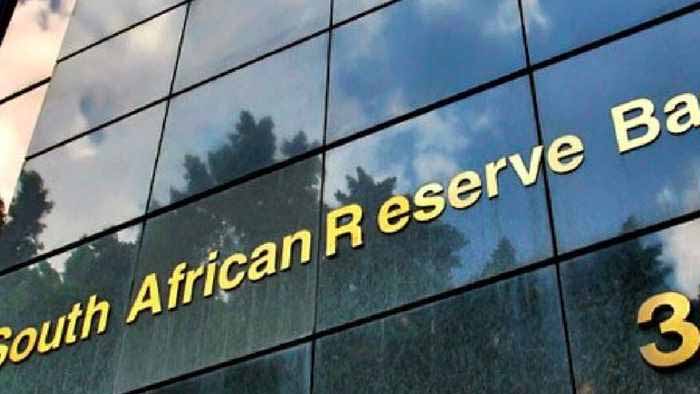(3 minutes read)
South Africa is currently experiencing the lowest growth rate in its modern history, and the country’s growth outlook could see living standards slip even further, says Rashad Cassim, the deputy governor of the South African Reserve Bank (SARB).
South Africa is currently experiencing the lowest growth rate in its modern history, and the country’s growth outlook could see living standards slip even further, says Rashad Cassim, the deputy governor of the South African Reserve Bank (SARB).
Domestically, the country is experiencing the lowest growth in its modern history, marked most recently by the widespread failure of basic infrastructure, especially electricity. Externally, South Africa has been buffeted by a series of extraordinary shocks: the Covid-19 pandemic, the war in Ukraine, and a global inflation surge.
The central bank is expecting growth rates of 0.3%, 0.7%, and 1.0% over the next three years, these are disastrously low. Given population growth rates of around 1.2% annually, the implication is that living standards will continue to fall, as they have done on average since 2014. Stats SA data revealed that load shedding has had a significant impact on the South African economy, with a quarterly seasonally adjusted contraction of 1.3% in Q4 2022. This figure was three times worse than the market consensus, which predicted a contraction of 0.4% for the period.
This has raised concerns about a potential recession in South Africa due to persistent high-stage load shedding, with experts predicting another quarter of decline in Q1 2023. The growth forecasts remain low in light of supply-side dysfunction in the economy as well as the sustained rolling blackouts.
This is a worse outlook than what the Reserve Bank had at its Monetary Policy Committee (MPC) meeting in January, where it anticipated 200 days of load shedding in 2023. It was on this basis that the SARB cut its growth outlook for 2023 to a paltry 0.3%.On top of that, the freight rail system has, for the most part, not been functioning optimally, removing another pillar of the economy’s productive potential. There are many other constraints in the economy that also suppress potential growth.
Read Also:
https://trendsnafrica.com/south-africa-deploys-forces-to-protect-power-plants-from-public-ire/
https://trendsnafrica.com/domestic-worker-jobs-decline-in-south-africa/
https://trendsnafrica.com/the-rising-crime-rate-in-south-africa-worrisome/
Another battle South Africa faces is that of inflation. As it stands, headline inflation is sitting at 6.9%, with core inflation at 4.9%. The peak appears to have been in July last year when headline inflation hit 7.8%. According to the central bank, this means that inflation has been outside the target range of between 3-6% since May 2022 despite continual interest rate hikes. SARB now anticipates inflation to be back within the midpoint of its target range towards the end of this year. The International Monetary Fund has made similar predictions.
The Bureau for Economic Research (BER) has registered expectations that show a bleaker outlook for inflation at 6.1% for 2023, up from 5.9% and 5.6%, up from 5.3%.





